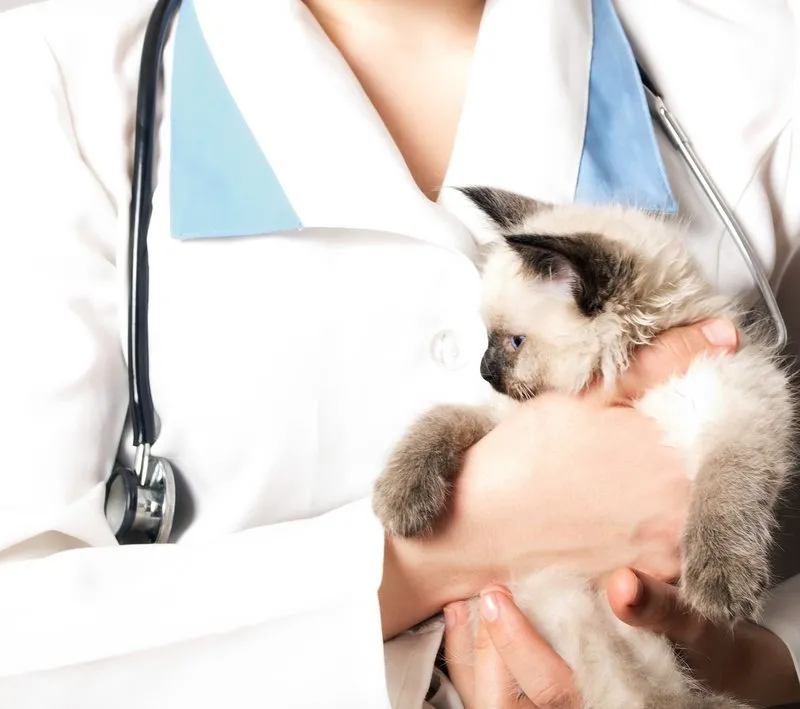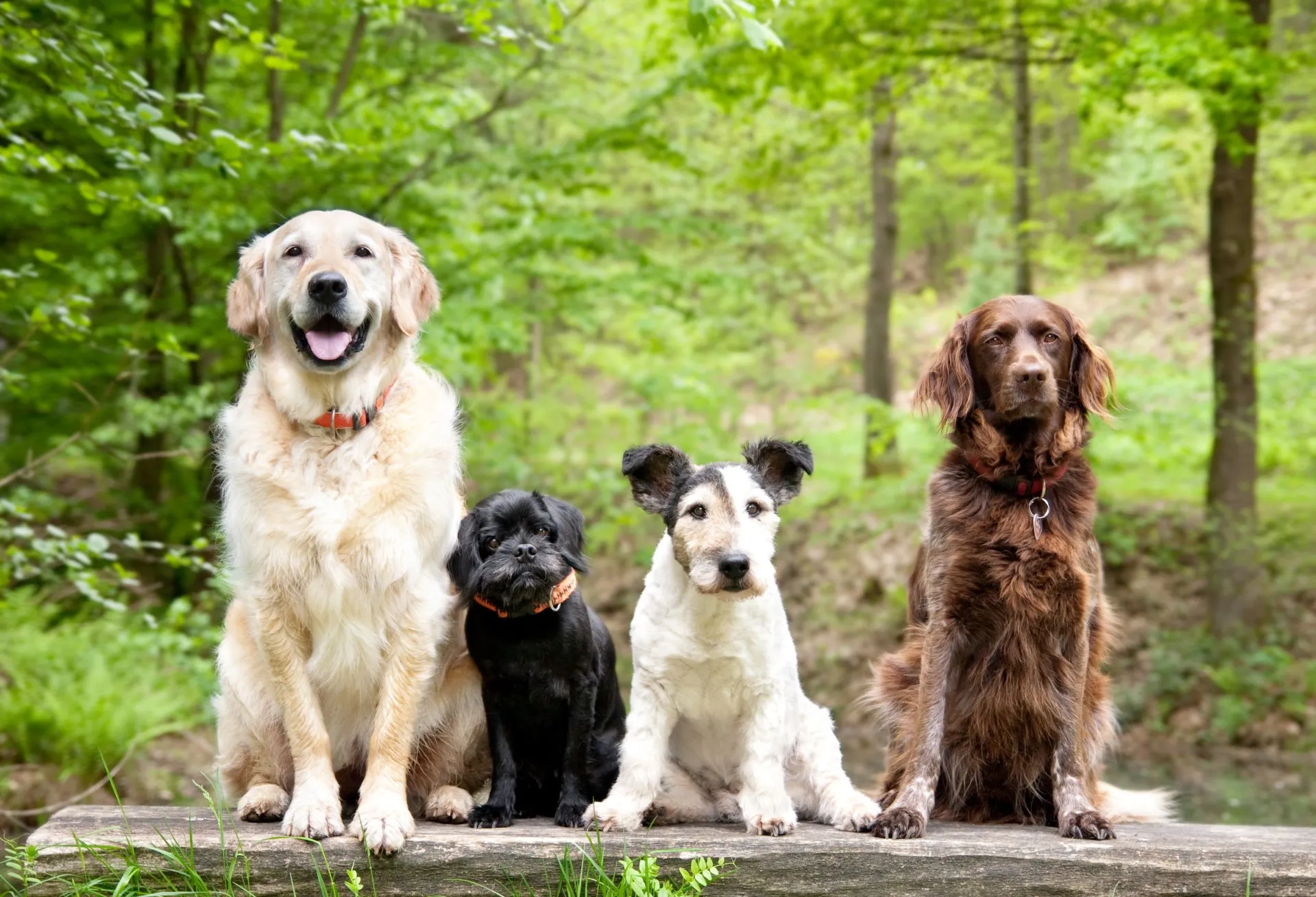With spring here, we will start to see an increased amount of wildlife coming out of hibernation. Some of this wildlife may be carrying Rabies, which is a deadly disease.
In 2018, 40 wild critters tested positive for rabies in Connecticut and 53 tested positive in Rhode Island.
So far from January 1, 2019- February 28.2019 three raccoons have tested positive for the disease.
Why should you be cautious of this disease?
Rabies is a Zoonotic disease, meaning that humans and animals can contract the disease. Rabies is contracted through the saliva of an infected animal encountering an open wound (i.e. a scratch or a bite). While most cases of rabies may be contracted from a wild animal, it is not unheard of to see a stray cat or dog spread the virus.
You may have heard in the news recently that a bobcat in Baltic, CT attacked a man on a golf course and a horse down the street. This bobcat tested positive for Rabies.
The Rabies virus kills approximately 2 human beings and 400-500 domestic pets in the US every year.
Worldwide, not every country has access to rabies vaccinations human or animal, so we should be taking advantage of our opportunity to prevent this devastating disease.
Just because your pet stays indoors, does not mean it won’t be exposed to rabies. There have been cases where a bat or other wild animal have gotten into a home which created a possible exposure.
There are certain species of animals that commonly carry the Rabies virus which include:
Skunks, raccoons, foxes, and bats. So, if you have an indoor only cat that has never seen a wild animal before, you should still rabies vaccinate your pet- in fact it’s the law.
If your dog or cat comes home with an open wound and you can not be sure if it came from another animal, contact a veterinarian and booster his/her rabies vaccine just to be safe. Your pet may be up to date on it’s rabies vaccine, but when it comes to human life you can never be too careful.
Our Advice on Rabies in 2024
Why is rabies a significant concern during spring when wildlife emerges from hibernation?
Rabies becomes a significant concern in spring as wildlife emerges from hibernation due to increased interactions between animals and the potential spread of the virus. Many wild animals, such as skunks, raccoons, foxes, and bats, are common carriers of rabies. As they become more active in spring, the chances of encountering pets and humans rise. These interactions can lead to the transmission of rabies through bites or scratches. With pets spending more time outdoors in warmer weather, the risk of exposure to rabid wildlife increases, underscoring the importance of vaccination and vigilant supervision.
How is rabies transmitted between animals and humans?
Rabies is transmitted from animals to humans primarily through bites from an infected animal. The virus is present in the saliva of a rabid animal, and when it bites, the virus is passed into the wound. Rabies can also be transmitted if infected saliva comes into contact with open cuts, wounds, or mucous membranes (like the eyes or mouth). It’s less common, but possible, for rabies to spread through scratches if the animal’s claws are contaminated with saliva containing the virus. This transmission mode underscores avoiding contact with wild or unfamiliar animals.
How prevalent is rabies in humans and domestic pets in the US, and why is vaccination important?
In the United States, rabies is relatively rare in humans, with only 1-3 cases reported annually. However, the threat is more significant for domestic pets, with several hundred cases reported yearly. The virus is almost always fatal once symptoms appear, making prevention crucial. Vaccination is the most effective way to protect pets and, by extension, humans. It significantly reduces the risk of transmission if a pet is exposed to a rabid animal. Regular rabies vaccinations for pets are a critical public health measure and often a legal requirement.
Which wild animals are most commonly associated with carrying the rabies virus?
The wild animals most commonly associated with carrying the rabies virus in the United States are bats, raccoons, skunks, and foxes. These species are primary reservoirs for the virus and pose a significant risk of transmission to pets and humans. Bats, in particular, have become a leading source of rabies cases in recent years. While any mammal can contract rabies, these specific wild animals are more frequently infected and are critical vectors in the transmission of the disease, highlighting the importance of maintaining a safe distance from wildlife and ensuring pets are vaccinated.
What steps should pet owners take if they come home with an unexplained open wound?
If a pet comes home with an unexplained open wound, the owner should clean the wound with mild soap and water to prevent infection. It’s essential to seek veterinary attention promptly, as the wound could be more profound or severe than it appears. The veterinarian can assess the wound, provide appropriate treatment, and check for signs of infection or more profound injuries. Suppose there’s a possibility the wound was inflicted by another animal, especially wildlife. In that case, the vet may recommend a rabies booster, even if the pet has current vaccinations, to ensure safety against potential rabies exposure.
For more information about Rabies visit these websites:
- Centers for Disease Control and Prevention
- American Humane Society
- 2018 rabies statistics in CT
- 2018 rabies statistics in RI
- 2019 rabies statistics in CT
Contact us, your local animal clinic in West Greenwich, RI!





!Social Media Icons